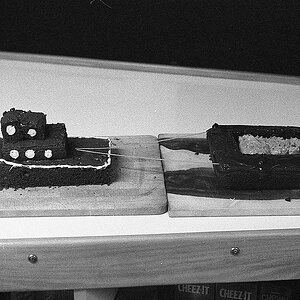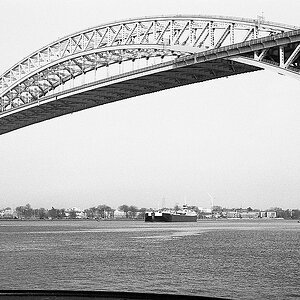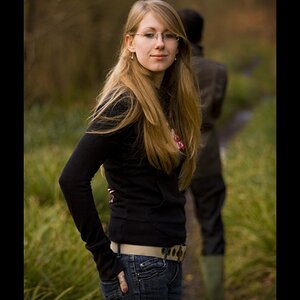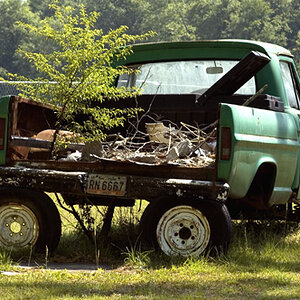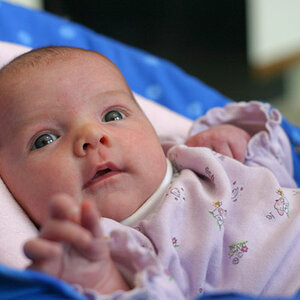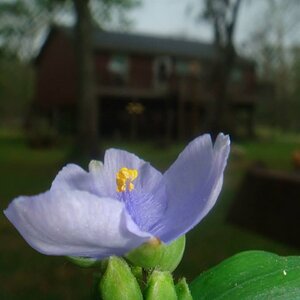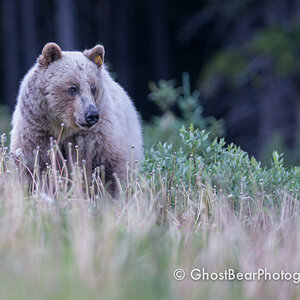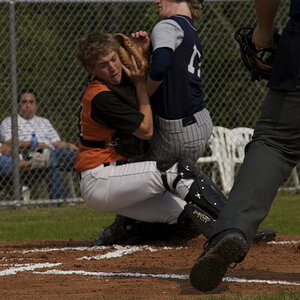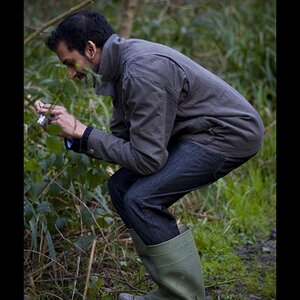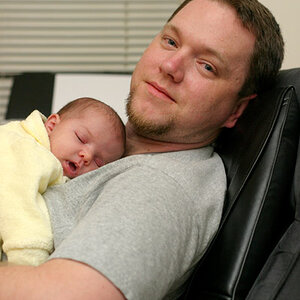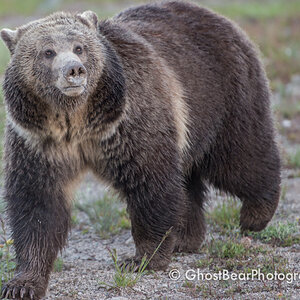goodguy1206
TPF Noob!
- Joined
- Oct 4, 2015
- Messages
- 3
- Reaction score
- 0
- Can others edit my Photos
- Photos NOT OK to edit
Hi All,
I keep asking myself a question about the aperture.
I currently have a compact that open at f/2.8,
I found that it's very limited when it's getting darker (typically in my living room at night),
even with the ISO level at 1600, open at 2.8, it typically needs 1/40s to take a shot, and it's getting blurry as soon as the subject is moving slightly.
Although I feel that changing camera for a APS-C will help,
I can't find the technical reason,
as at the same ISO, same light (inside my living room), and same aperture (2.8), the picture speed will be the same ? right ?
I'm trying to find a solution that does not involve using the flash,
so it is worth changing camera ?
Thanks for you help
I keep asking myself a question about the aperture.
I currently have a compact that open at f/2.8,
I found that it's very limited when it's getting darker (typically in my living room at night),
even with the ISO level at 1600, open at 2.8, it typically needs 1/40s to take a shot, and it's getting blurry as soon as the subject is moving slightly.
Although I feel that changing camera for a APS-C will help,
I can't find the technical reason,
as at the same ISO, same light (inside my living room), and same aperture (2.8), the picture speed will be the same ? right ?
I'm trying to find a solution that does not involve using the flash,
so it is worth changing camera ?
Thanks for you help


